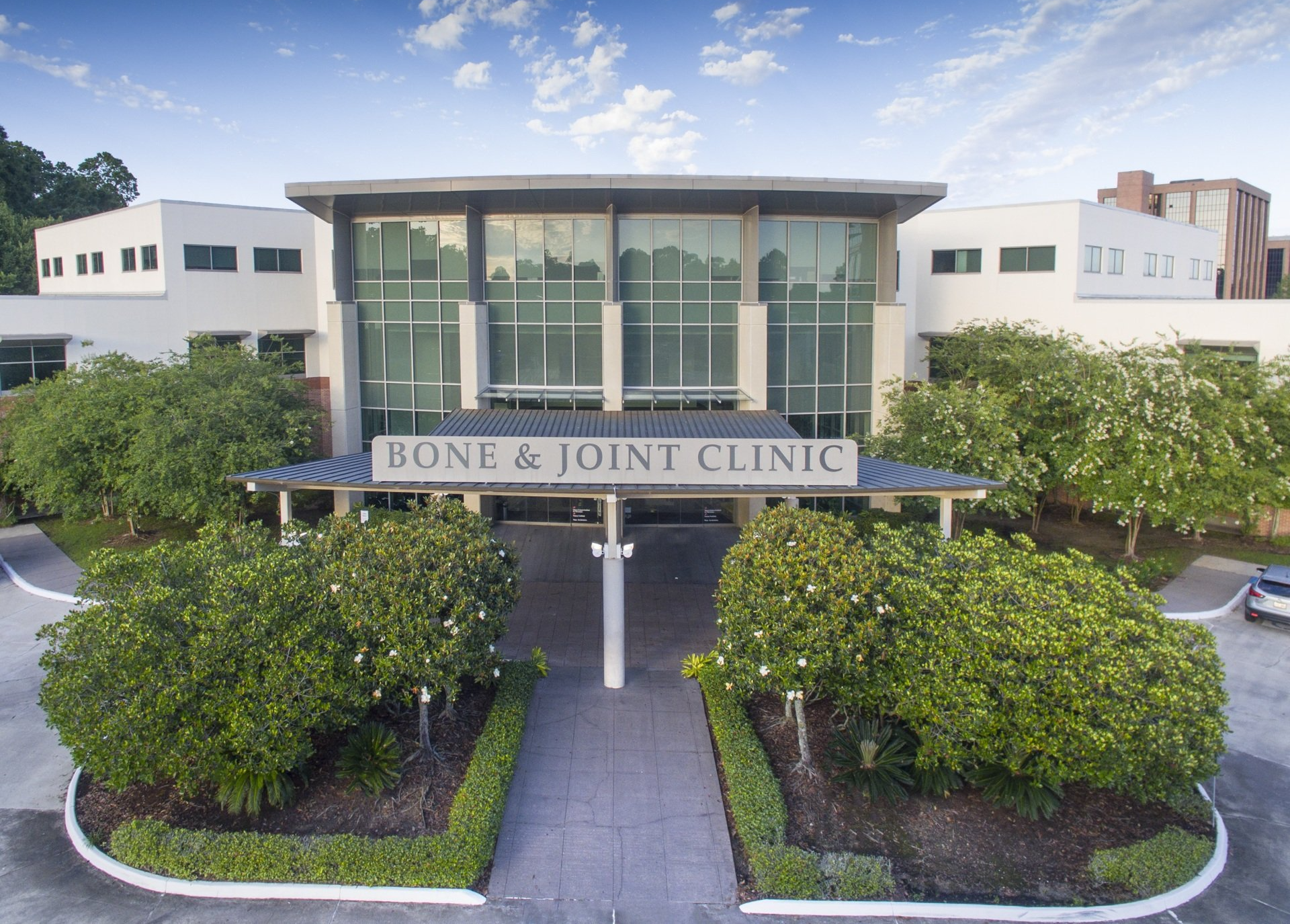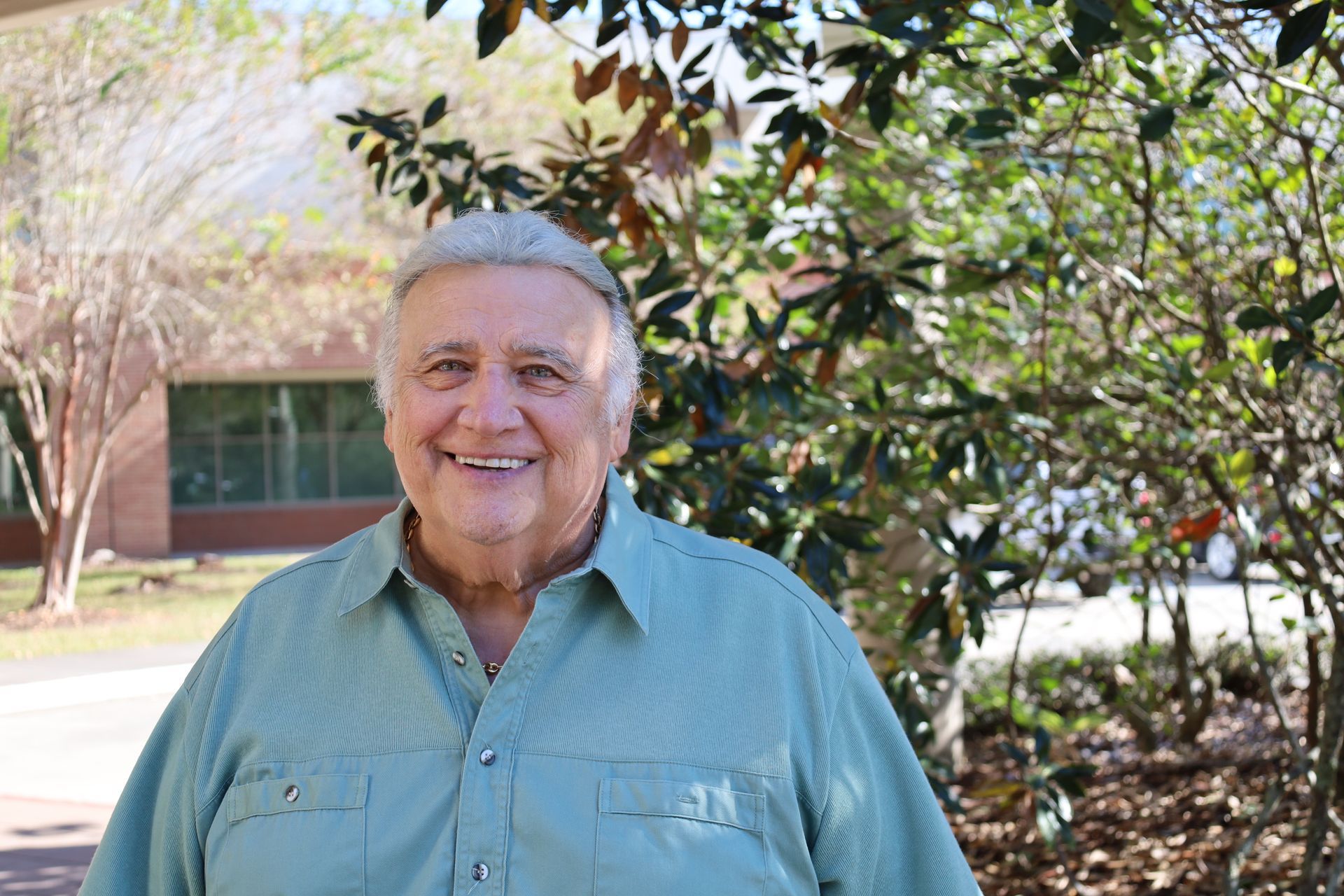Scrapes, cuts and bruises are a childhood rite of passage. Unfortunately, so too are broken bones for many. In fact, as many as 40 percent of adolescent girls and 50 percent of boys will experience a bone fracture at some point. As a parent, understanding the signs and symptoms that can accompany these injuries is important. The sooner you can identify a potential broken bone and seek medical treatment, the more likely your child will be to fully recover without complication.
What are the Signs & Symptoms of a Broken Bone?
The symptoms of a pediatric broken bone are typically, but not always, easily identifiable. In most cases, a fracture is accompanied by pain, swelling, and tenderness at the injury site. It may also display redness or bruising and limited mobility. Oftentimes, a child is unable to move or place pressure on the injured limb.
Still, there are always exceptions to the rule. If your child is in any pain or discomfort following a fall or any type of forceable trauma to a bone, it is important to have the injury evaluated by a physician.
Growth Plate Fractures and Complications
If a broken bone is left untreated, there are some undesirable complications that may result, particularly in a growing child. Breaks in children often occur along the growth plates. These areas of tissue at the ends of long bones are present until later in adolescence when the bones have reached their mature size and position. They are also weaker than other sections of bone.
Fractures to the growth plate account for about 15 percent of all breaks in childhood. The majority of these occur in the growth plate at the end of the radius, or forearm, but those affecting the knee are the most likely to result in complications. The most common complication of a growth plate fracture is arrested bone growth in which the affected bone does not grow to its full length. Depending on the nature of the break, it may have a slight deformity or be a different length than the same bone on other side of the body.
Treatment Options for Broken Bones
Most broken bones heal on their own with monitoring and treatments such as immobilization with a cast, brace, or splint. In some cases, physical therapy may also be part of the recovery process. In more severe or complicated breaks, surgical intervention may be needed to properly position and secure the bone with screws and/or rods as it mends. Depending on the type, location, and severity of the break, recovery can take several weeks to months.
Pediatric Orthopedists in Baton Rouge
If you are located in the Baton Rouge area, and your child has suffered a bone fracture, it is important to seek out the skilled expertise of an orthopedic surgeon who specializes in pediatric care. At the Bone and Joint Clinic of Baton Rouge, Dr. Michael Frierson sees children of all ages and addresses all manner of orthopedic concerns, from broken bones to scoliosis. To request an appointment, click the button below.




